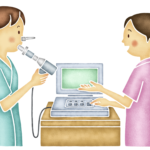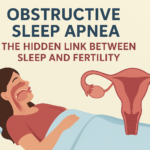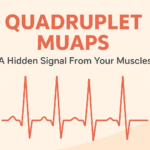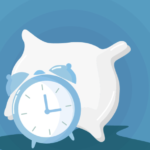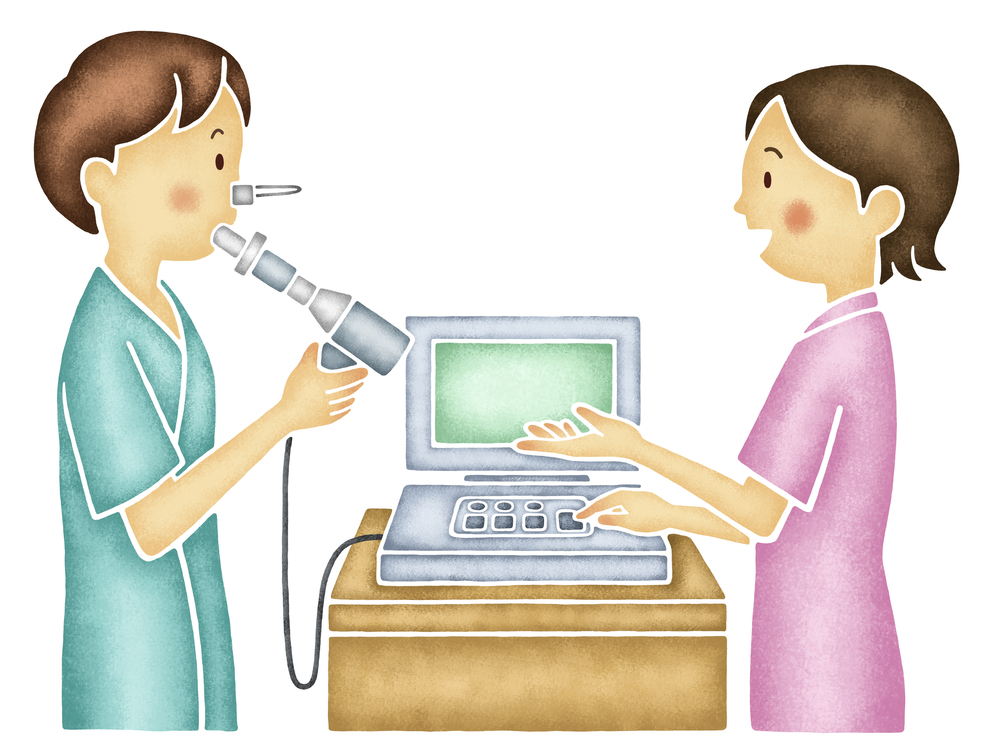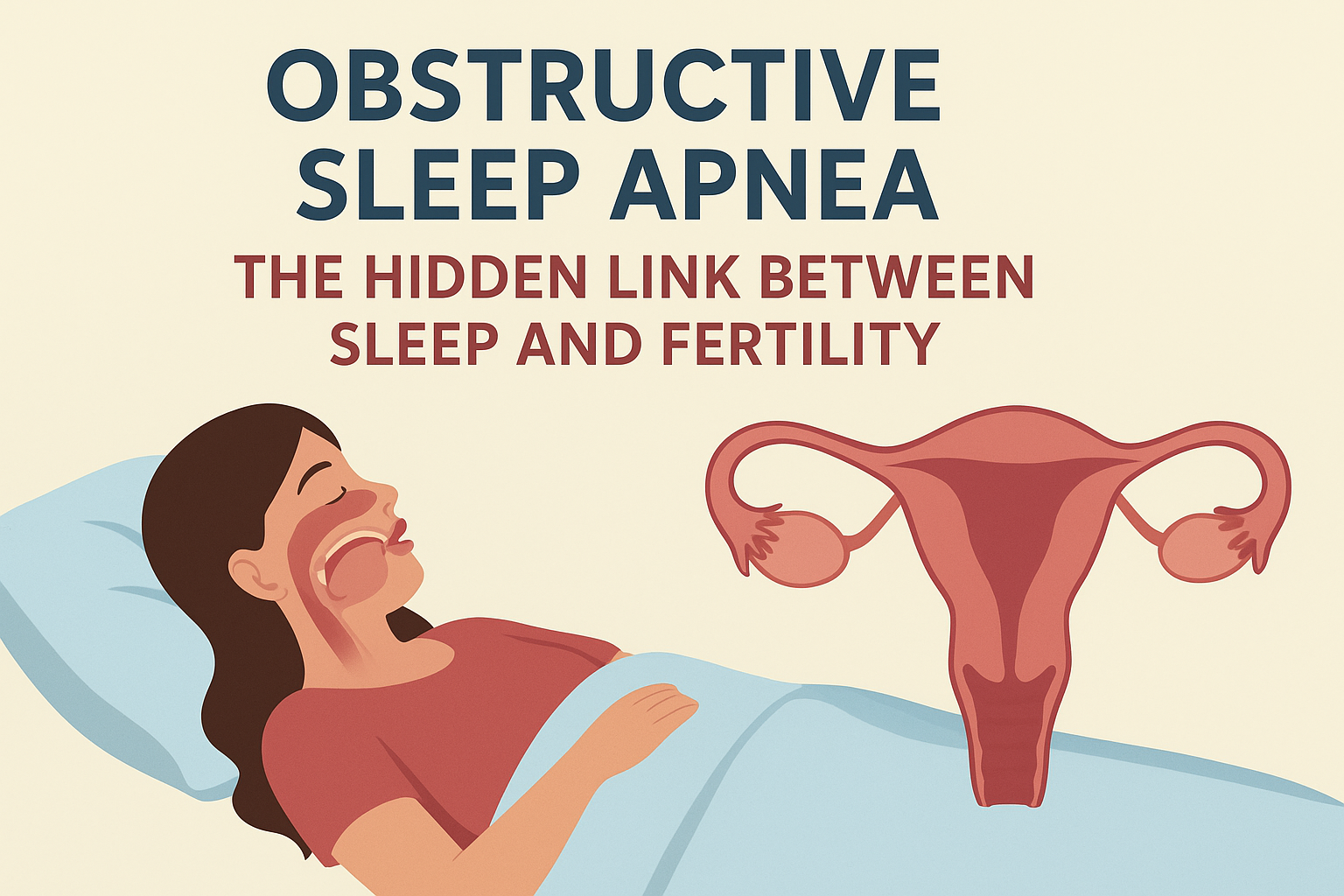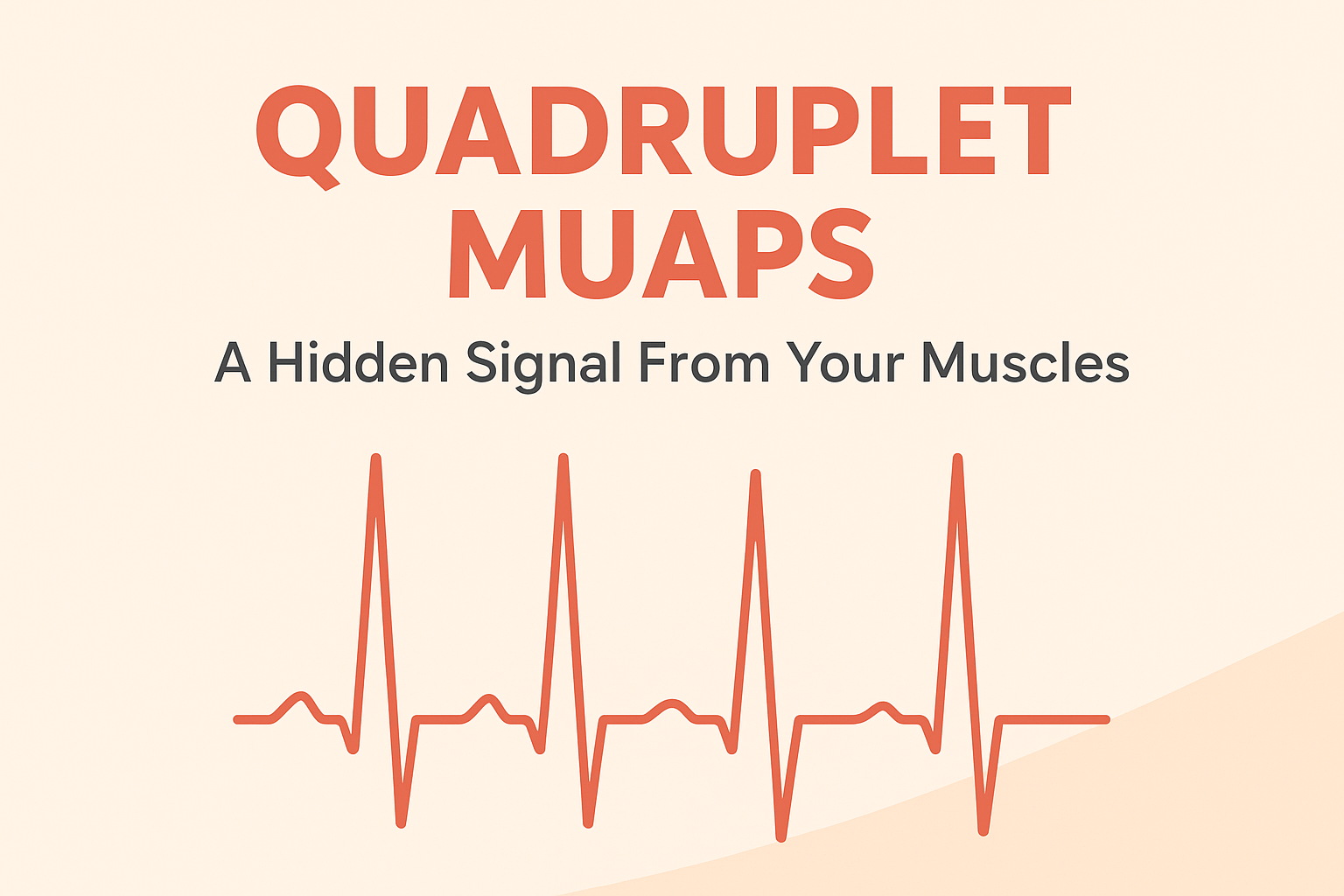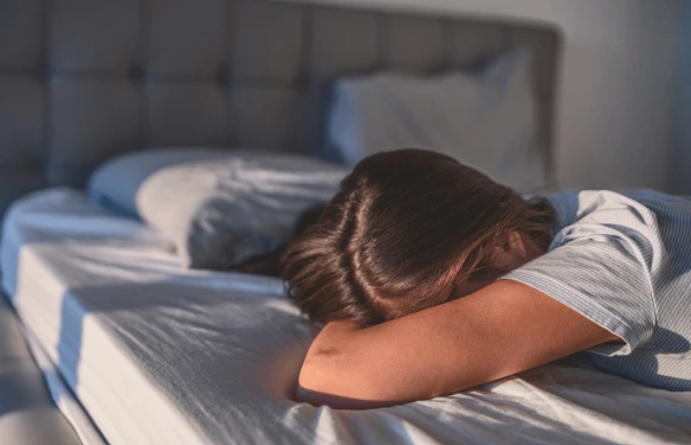December 22nd, 2021|| Hypersomnia

Hypersomnia is a condition wherein the person either suffers from excessive daytime sleepiness (EDS) or spends excessive time sleeping. It is characterized by prolonged nighttime sleep and recurrent episodes of sleepiness during the daytime. The individual suffers from an uncontrolled need to take a nap at inappropriate times such as during work while driving while having a conversation with someone etc. However, even after this nap, they are not relieved from their tiredness. It is seen to affect men more than women. About 4-6% of the population suffers from this disorder and around 15-30% of individuals that suffer from sleep disorders are affected by Hypersomnia.
Causes of Hypersomnia
Narcolepsy: Narcolepsy accompanied by cataplexy is one of the most common causes of hypersomnia. It is a chronic neurological sleep disorder that is characterized by excessive daytime sleepiness, sudden sleep attacks, sleep paralysis, hallucinations, sleepwalking, and naps that are extremely refreshing unlike in the case of hypersomnia. Nocturnal sleep is disrupted in narcolepsy. Its prevalence is approximately 25 to 50 per 100,000 people in the general population.
Insufficient sleep: It is one of the main causes of Hypersomnia and is commonly seen in night shift workers and people with poor sleep hygiene.
Medications: People undergoing treatment for some disorders that are taking medications such as antihistamines, tranquilizers, etc can also suffer from hypersomnia. Drug abuse and excessive alcohol intake can also lead to it.
Neurological Condition: People suffering from Parkinson’s disease, epilepsy, tumors, obesity, hypothyroidism, brain injuries and other diseases of the nervous system can suffer from Hypersomnia.
Psychiatric disorders: Mood disorders such as depression, bipolar disorder, etc cause hypersomnia
Genetics: People with a family history of Hypersomnia are at a greater risk of developing it.
Central Disorders of Hypersomnia
The central disorders of hypersomnia include:
Narcolepsy type I – This is characterized by an irresistible need to sleep during the daytime for more than three months. It is accompanied by cataplexy and a decrease in levels of hypocretin-1 in the CSF.
Narcolepsy type II – The symptoms for this are the same as that type I excluding cataplexy. In both types of narcolepsy, mean sleep latency is ≤ 8 min and two or more sleep-onset REM periods in multiple sleep latency tests.
Idiopathic hypersomnia – It is excessive sleepiness even after uninterrupted 6-7 hours of night sleep for more than 3 months. Neurotransmitters (like dopamine, histamine) and genetics play a role. It is often associated with cognitive dysfunction. Sleep drunkenness and unrefreshing sleep are common symptoms.
Kleine-Levin Syndrome – Individuals suffering from this rare disorder experience abnormally long episodes of sleep(16-20 hrs/day) for days or weeks. During these episodes, the person loses normal cognitive and perceptive abilities.
Symptoms of Hypersomnia
Along with Excessive Daytime Sleepiness, the other symptoms of Hypersomnia include:
- Anxiety
- Irritation
- Restlessness
- Slow thinking
- Difficulty in remembering things
- Slow speech
- Hallucinations
- Sleepiness even after 10 hours or more of night time sleep.
Diagnosis of Hypersomnia
Your medical professional or doctor will be able to diagnose whether you are suffering from Hypersomnia on the basis of a detailed medical history, questionnaires, and sleep studies. The following methods are sued for diagnosis:
Polysomnography: This test measure the brain waves, showing the difference between wakefulness and different stages of sleep.
Sleep diary: This is done to keep a proper track of sleep duration and its pattern
Epworth sleepiness scale: It is a questionnaire that the individual is asked to fill where he has to rate himself on a scale of 0 to 3. A higher score indicates a higher sleep propensity.
Multiple Sleep Latency Test: This is used to diagnose excessive sleepiness by measuring the tendency to fall asleep in a controlled setup.
Along with these tests, MRI scans, EEG, and blood tests are also useful.
Treatment of Hypersomnia
There are some behavioral measures that help in the management of Hypersomnia. Dietary changes such as avoiding caffeine and alcohol and lifestyle changes such as regular and scheduled sleep are extremely important for the management of this condition. Behavioral therapies aimed at improving sleep quality are also useful. When these lifestyle changes do not work, medications such as stimulants, antidepressants, monoamine oxidase inhibitors, levodopa, etc are prescribed.
Conclusion
In conclusion, hypersomnia is a condition that greatly affects the quality of life. Hence, it is important to address it properly with the help of a trained professional. Maintaining healthy sleep, food and other lifestyle habits can help us prevent it.
To seek help or know more about Hypersomnia, you can visit the Neurology and Sleep Centre, the 1st sleep centre in the country accredited by the Indian Board of Sleep Medicine at L-23, Hauz Khas Enclave, New Delhi, Delhi-110016 (INDIA)
Or give a call on +91-11-46070321, +91-9643500270
References
Arand, D. L., & Bonnet, M. H. (2019). The multiple sleep latency test. Handbook of clinical neurology, 160, 393–403.
Guilleminault, C., & Brooks, S. N. (2001). Excessive daytime sleepiness: a challenge for the practicing neurologist.
Brain: a journal of neurology, 124(Pt 8), 1482–1491.
Ohayon M. M. (2008). From wakefulness to excessive sleepiness: what we know and still need to know. Sleep medicine reviews, 12(2), 129–141.

